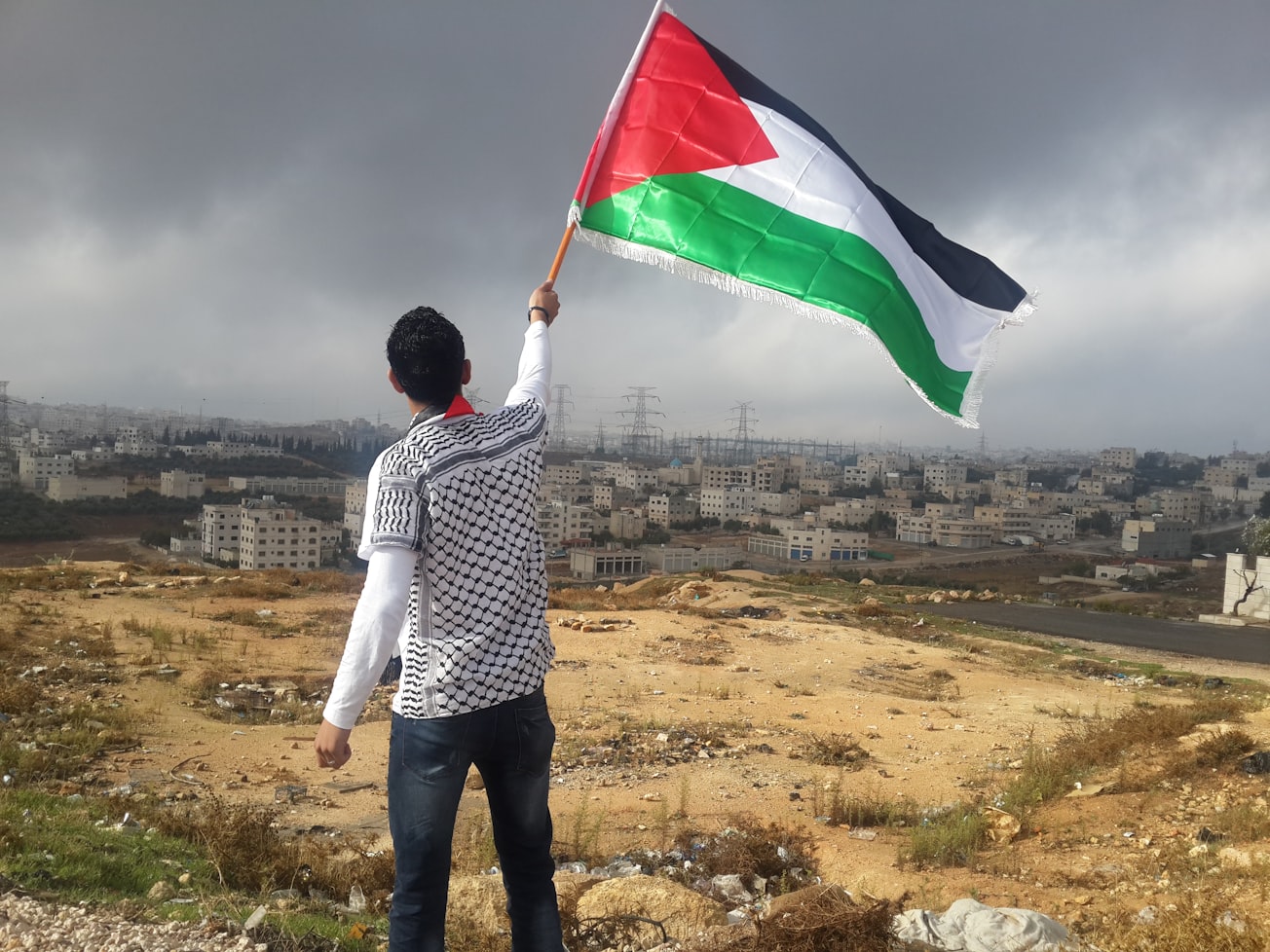What is it about?
ABSTRACT: Geopolitical challenges, complexities, and future uncertainties have greatly and adversely affected all aspects of life, as well as the well-being of the Palestinian citizens living in the Occupied Palestinian Territories (OPT), comprised of the West Bank, including East Jerusalem, and the Gaza Strip. The OPT were militarily occupied by the Israeli forces in June 1967 and, since then, the Israeli military rules have been applied to the OPT. The demographic issues in the OPT have gained a great importance at the political, geopolitical, social, economic, environmental, educational, health-wise, and housing, as well as at other aspects of life. This is due to the fact that demographic issues, along with the land, are the main determinants of the Palestinian choices towards sustainable development in a future, sovereign, independent, stable, and secure state of Palestine to be established in the OPT, with East Jerusalem as its capital. So, because of the limited areas of land which Palestinians have access to; because of the limited natural resources that are available to them; and because of the narrowing of the political horizons and choices available to the Palestinians, the real Palestinian wealth in the OPT is the human being. This article investigates and analyses several geopolitical challenges, complexities, and future uncertainties in the OPT, with a focus on key demographic issues, including human trends and socioeconomic trends, which include marital status, housing, education, and health. Additionally, the article examines the historical background of the present situation. It also provides important recommendations and supporting elements towards developing Palestinian national policies related to the well-being of the Palestinian citizens and institutions within the OPT. FOR CITATION: Salem, Hilmi S. (2020) “Geopolitical Challenges, Complexities, and Future Uncertainties in the Occupied Palestinian Territories: Land and Population’s Perspectives”, New Middle Eastern Studies 10 (1), pp. 45-82. https://journals.le.ac.uk/ojs1/index.php/nmes/article/view/3639 and https://www.researchgate.net/publication/344474119_Geopolitical_Challenges_Complexities_and_Future_Uncertainties_in_the_Occupied_Palestinian_Territories_Land_and_Population's_Perspectives
Featured Image

Photo by Ahmed Abu Hameeda on Unsplash
Why is it important?
This paper investigates the geopolitical challenges, complexities, and future uncertainties in the Occupied Palestinian Territories (OPT) that have been occupied by Israel since 1967, with respect to the Palestinian people living in the OPT and the land occupied by Israel, as well as to the almost one million Jewish settlers living illegally in the OPT. The paper also investigates the issue of Historic Palestine on which Israel was established in 1948. The paper, in the end, presents more than 25 recommendations, visioning some solutions to the issues given in the title of the paper.
Perspectives
This paper addresses the long standing conflict of historic Palestine between the Palestinians and the Israelis. As injustice has been inflicted on the indigenous population of Historic Palestine - who are the Palestinian people counting right now approximately 15 million; almost half of them live in Historic Palestine and the rest are in Diaspora, a just solution must be reached between the conflicting people - the Palestinians and the Israelis, with the support of the international community to end suffering of the Palestinians and to end the Apartheid regime that Israel has created in the OPT. The best solution is the one-state solution, where the Arab Palestinians and Jews can live in peace on the same land - Historic Palestine, similar to the situation between the blacks and whites in South Africa.
Prof. Dr. Hilmi S. Salem
Read the Original
This page is a summary of: Geopolitical Challenges, Complexities, and Future Uncertainties in the Occupied Palestinian Territories: Land and Population’s Perspectives, New Middle Eastern Studies, October 2020, University of Leicester,
DOI: 10.29311/nmes.v10i1.3639.
You can read the full text:
Contributors
The following have contributed to this page







